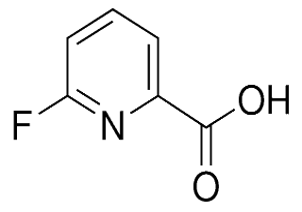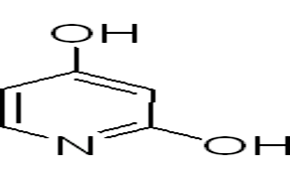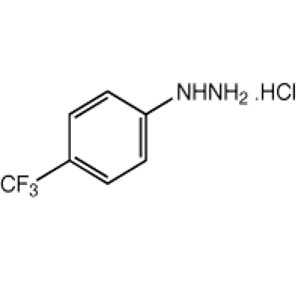2-Nitroaniline(CAS#88-74-4)
| Risk Codes | R23/24/25 – Toxic by inhalation, in contact with skin and if swallowed. R33 – Danger of cumulative effects R52/53 – Harmful to aquatic organisms, may cause long-term adverse effects in the aquatic environment. R39/23/24/25 - R11 – Highly Flammable |
| Safety Description | S28 – After contact with skin, wash immediately with plenty of soap-suds. S36/37 – Wear suitable protective clothing and gloves. S45 – In case of accident or if you feel unwell, seek medical advice immediately (show the label whenever possible.) S61 – Avoid release to the environment. Refer to special instructions / safety data sheets. S28A - S16 – Keep away from sources of ignition. S7 – Keep container tightly closed. |
| UN IDs | UN 1661 6.1/PG 2 |
| WGK Germany | 2 |
| RTECS | BY6650000 |
| FLUKA BRAND F CODES | 8 |
| TSCA | Yes |
| HS Code | 29214210 |
| Hazard Class | 6.1 |
| Packing Group | II |
| Toxicity | LD50 orally in Rabbit: 1600 mg/kg LD50 dermal Rabbit > 7940 mg/kg |
Introduction
2-nitroaniline, also known as O-nitroaniline, is an organic compound. The following is an introduction to the properties, uses, preparation methods and safety information of 2-nitroaniline.
Quality:
- Appearance: 2-nitroaniline is a yellow crystal or crystalline powder.
- Solubility: 2-nitroaniline is soluble in ethanol, ether and benzene, and slightly soluble in water.
Use:
- Production of dyes: 2-nitroaniline can be used in the synthesis of dye intermediates, such as the preparation of aniline yellow dye.
- Explosives: 2-nitroaniline has explosive properties and can be used as a raw material for explosives and pyrotechnics.
Method:
- 2-nitroaniline can be prepared by the reaction of aniline with nitric acid. The reaction conditions are generally carried out at low temperatures and sulfuric acid is used as a catalyst.
- Reaction equation: C6H5NH2 + HNO3 -> C6H6N2O2 + H2O
Safety Information:
- 2-Nitroaniline is an explosive compound that may be caused by exposure to ignition or high temperatures. It should be kept away from open flames, heat sources, electric sparks, etc.
- Wear protective glasses and gloves when operating to avoid inhaling dust or touching the skin, and avoid accidental ingestion.
- When coming into contact with 2-nitroaniline, rinse immediately with plenty of water and seek medical attention for treatment.







![Ethyl 6-(4-iodophenyl)-1-(4-methoxyphenyl)-7-oxo-4 5 6 7-tetrahydro-1H-pyrazolo[3 4-c]pyridine-3-carboxylate(CAS# 473927-64-9)](https://www.xinchem.com/uploads/Ethyl64iodophenyl14methoxyphenyl7oxo4567tetrahydro1Hpyrazolo34cpyridine3carboxylate.png)
